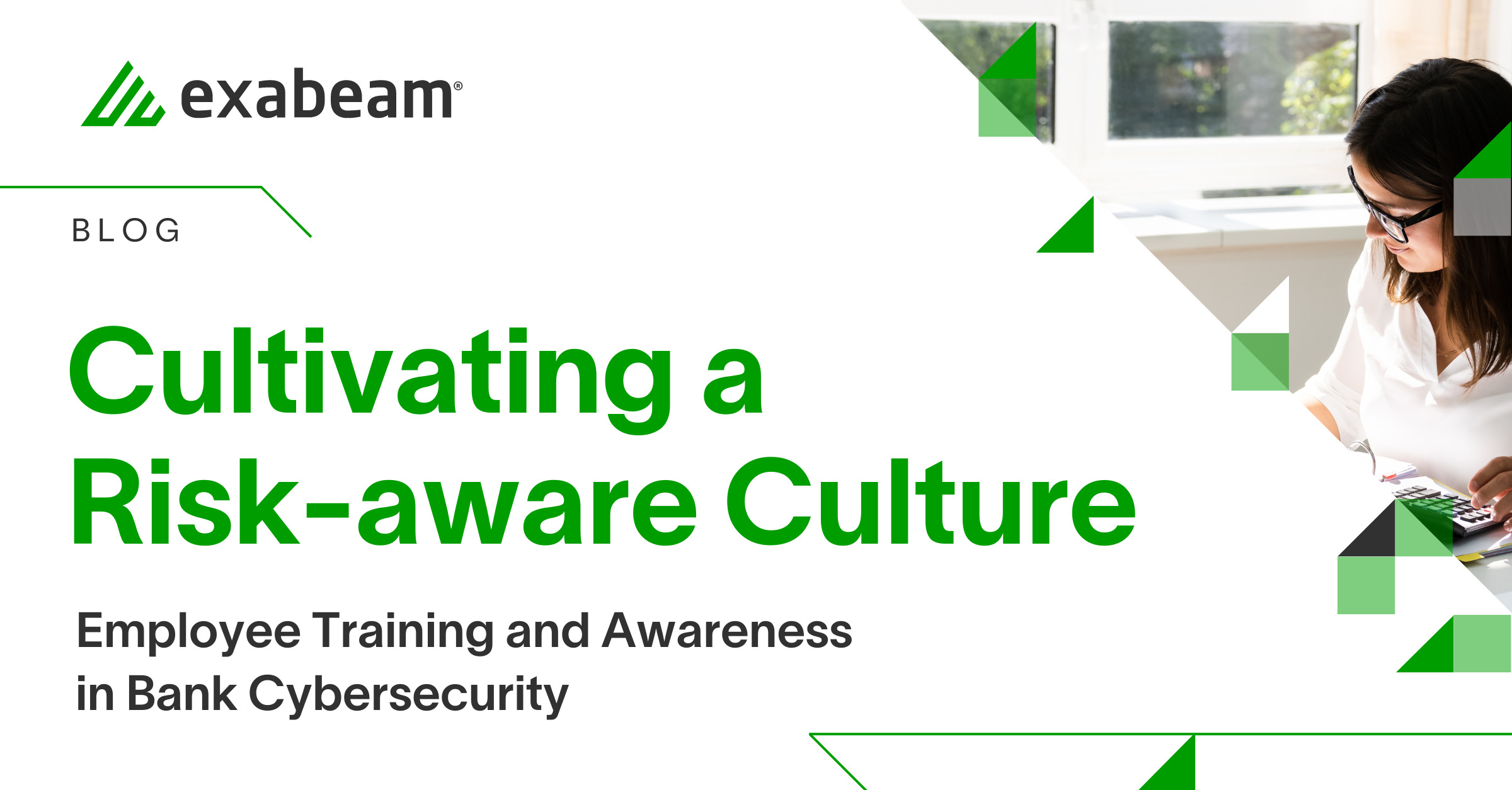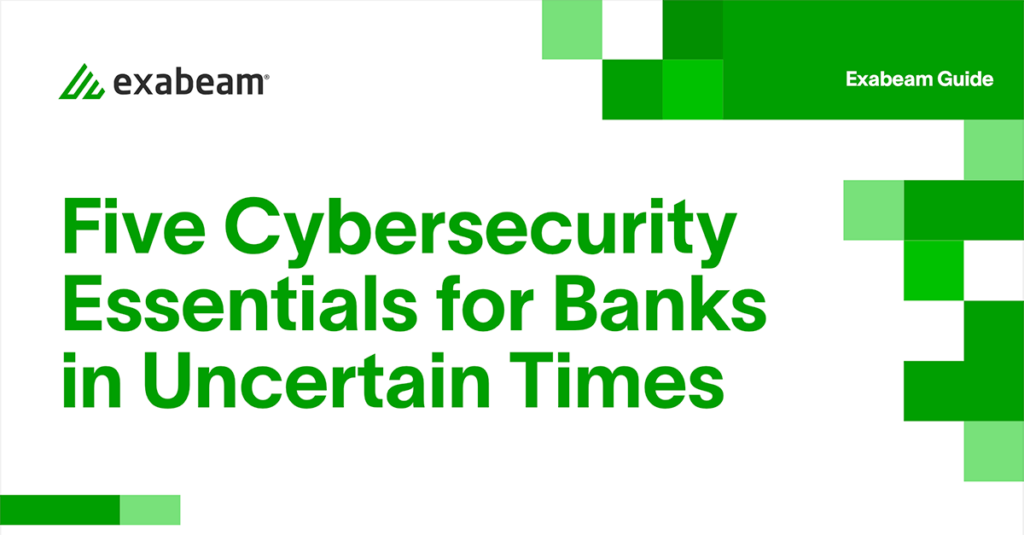Cultivating a Risk-aware Culture — Employee Training and Awareness in Bank Cybersecurity

Trust is the linchpin of a bank’s reputation and customer loyalty. A single security breach can erode this trust, resulting in a loss of customers. Often underappreciated but vital to a strong cybersecurity stance are employee training and heightened cybersecurity awareness. In our previous post, we underscored the role of behavioral analytics in fortifying bank cybersecurity. As we continue our series on essential cybersecurity strategies for banks, we’ll explore the crucial role of employee training. In this post, we will dissect the key elements of an effective training program, and provide guidance on fostering and sustaining a security-aware culture within a financial institution.
In this article:
- The human element in cybersecurity
- Key components of an effective employee training program
- Fostering a security-aware culture
- Continuously evaluating and improving training programs
- Stay tuned for the conclusion of our series
The human element in cybersecurity
Employees are the first line of defense in any organization’s cybersecurity efforts. They interact daily with a bank’s systems and data, making them uniquely positioned to identify and report potential security issues when properly prepared. But without the knowledge and skills necessary to recognize and avoid common cyberthreats, employees can inadvertently expose a bank to cyberattacks by clicking on phishing emails, using weak or reused passwords, or downloading malicious software.
Let’s take a closer look at how these actions can impact banks:
- Phishing – Phishing emails are one of the most common ways attackers attempt to trick users into providing their user credentials and other information via links to websites that imitate legitimate ones. These attacks are some of the costliest attack vectors, at an average of $4.91 million. When employees click on links in phishing emails or enter their login credentials on these fake websites, attackers can use this information to gain unauthorized access to the employee’s accounts or to the organization’s other systems.
- Weak or reused passwords – Weak or reused passwords introduce significant risks to an organization’s systems and data, including increased risk of brute-force, credential stuffing, and phishing attacks, as well as weakened access controls. To mitigate these risks, organizations should enforce password policies that require employees to use strong, unique passwords for each account and change passwords regularly. Implementing multifactor authentication (MFA) is also highly effective in providing reinforcement to passwords. This, coupled with educating employees on password management, are some best practices to mitigate the risks of reusing passwords.
- Malicious software downloads – While often done unintentionally or unknowingly, downloading malicious software can introduce risks such as data breaches, network compromise, and damage to systems. Malware manifests in many forms: adware, spyware, worms, Trojan Horse and other viruses, and ransomware, to name a few.
All of these threats can result in severe financial and reputational damage for a bank.
Key components of an effective employee training program
With human behavior driving much of the risk banks face, regular training sessions can teach employees to recognize and avoid common cyberthreats. Providing hands-on experience through real-world scenarios and simulations can effectively educate employees about security. Additionally, banks should develop clear policies outlining employees’ expected behaviors and responsibilities regarding cybersecurity.
Fostering a security-aware culture
Creating a security-aware culture starts at the top, with bank executives and management actively participating in training sessions, promoting security best practices, and allocating necessary resources to support employee training efforts. Employees should be encouraged to report suspicious activity without fear of negative consequences. Recognizing and rewarding employees who demonstrate a strong commitment to cybersecurity can also help reinforce the importance of security best practices and motivate others to follow suit.
Continuously evaluating and improving training programs
Banks should regularly assess the impact and effectiveness of employee training programs on employee behavior and knowledge. By measuring the effectiveness of training programs, banks can identify areas for improvement and adjust their training strategies accordingly. Employee training programs should remain adaptable to stay current with emerging risks and vulnerabilities. Banks should keep current with the latest trends in cyberthreats and update their training materials accordingly. Additionally, banks should provide employees with continuous learning opportunities to stay informed about the latest cybersecurity developments.
Stay tuned for the conclusion of our series
Employee training and awareness play a vital role in bank cybersecurity. A comprehensive employee training program, coupled with a strong organizational culture of security awareness, can help protect a bank’s systems and data while maintaining customer trust and ensuring ongoing success.
In the next post, we’ll conclude our series by discussing the modernizing of security information and event management (SIEM). Stay tuned for the final installment, where we’ll explore why banks should transition from outdated, legacy SIEM systems to advanced, scalable solutions for improved threat detection, investigation, and response (TDIR).
Want to learn more about defending banks against cyberthreats?
Want to learn more about defending banks against cyberthreats?
Read our guide, Five Cybersecurity Essentials for Banks in Uncertain Times.
Banks are facing unprecedented challenges in securing their digital ecosystems while maintaining cost efficiency. With cybercriminals increasingly targeting the financial industry, your bank’s reputation as a trustworthy partner is at stake.
Don’t leave your bank exposed to the growing number of cyberthreats. Download our guide and learn how to bolster your defenses, protect sensitive customer data, and minimize the financial impact of cyberattacks.
You’ll discover:
- The importance of implementing multifactor authentication to secure customer data and prevent unauthorized access
- How to proactively identify potential threats using behavioral analytics
- Why abandoning legacy SIEM technology is essential for a modern and effective cybersecurity approach
With data breach costs averaging nearly $6 million, you can’t afford to leave your bank’s security to chance. Get our essential strategies for protecting your bank against cyberthreats.

Similar Posts
Recent Posts
Stay Informed
Subscribe today and we'll send our latest blog posts right to your inbox, so you can stay ahead of the cybercriminals and defend your organization.
See a world-class SIEM solution in action
Most reported breaches involved lost or stolen credentials. How can you keep pace?
Exabeam delivers SOC teams industry-leading analytics, patented anomaly detection, and Smart Timelines to help teams pinpoint the actions that lead to exploits.
Whether you need a SIEM replacement, a legacy SIEM modernization with XDR, Exabeam offers advanced, modular, and cloud-delivered TDIR.
Get a demo today!











